Child marriage
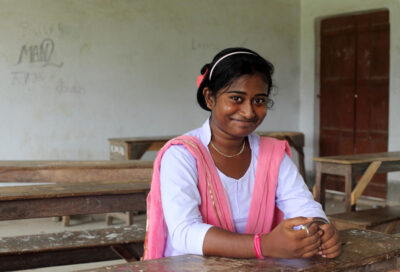
Child marriage is a violation of human rights, but is all too common
Marriage before the age of 18 is a fundamental violation of human rights. Many factors interact to place a child at risk of marriage, including poverty, the perception that marriage will provide ‘protection’, family honor, social norms, customary or religious laws that condone the practice, an inadequate legislative framework and the state of a country’s civil registration system. While the practice is more common among girls than boys, it is a violation of rights regardless of sex.
Child marriage often compromises a girl’s development by resulting in early pregnancy and social isolation, interrupting her schooling, limiting her opportunities for career and vocational advancement and placing her at risk of domestic violence. Although the impact on child grooms has not been extensively studied, marriage may similarly place boys in an adult role for which they are unprepared, and may place economic pressures on them and curtail their opportunities for further education or career advancement.
Cohabitation – when a couple lives ‘in union’, as if married – raises the same human rights concerns as marriage. When a couple cohabitates, the assumption is often that they are adults, even if one or both has not yet reached the age of 18. Additional concerns due to the informality of the relationship – in terms of inheritance, citizenship and social recognition, for example – may make children in informal unions vulnerable in different ways than those who are formally married.
The issue of child marriage is addressed in a number of international conventions and agreements. The Convention on the Elimination of All Forms of Discrimination against Women, for example, covers the right to protection from child marriage in article 16, which states: “The betrothal and the marriage of a child shall have no legal effect, and all necessary action, including legislation, shall be taken to specify a minimum age for marriage….” The right to ‘free and full’ consent to marriage is recognized in the Universal Declaration of Human Rights, which says that consent cannot be ‘free and full’ when one of the parties involved is not sufficiently mature to make an informed decision about a life partner. Although marriage is not mentioned directly in the Convention on the Rights of the Child, child marriage is linked to other rights – such as the right to freedom of expression, the right to protection from all forms of abuse, and the right to be protected from harmful traditional practices – and is frequently addressed by the Committee on the Rights of the Child. Other international agreements related to child marriage are the Convention on Consent to Marriage, Minimum Age for Marriage and Registration of Marriages, the African Charter on the Rights and Welfare of the Child and the Protocol to the African Charter on Human and People’s Rights on the Rights of Women in Africa.
Child marriage among girls
Across the globe, levels of child marriage are highest in West and Central Africa, where nearly 4 in 10 young women were married before age 18. Lower levels of child marriage are found in Eastern and Southern Africa (32 per cent), South Asia (28 per cent), and Latin America and Caribbean (21 per cent).
The prevalence of child marriage is decreasing globally, with the most progress in the past decade seen in South Asia, where a girl’s risk of marrying in childhood has dropped by more than a third, from nearly 50 per cent to below 30 per cent.
Still, the total number of girls married in childhood stands at 12 million per year, and progress must be significantly accelerated in order to end the practice by 2030 – the target set out in the Sustainable Development Goals. Without further acceleration, more than 100 million additional girls will marry before their 18th birthday by 2030.
Child marriage among boys
While boys and girls who marry in childhood do not face the same risks and consequences due to biological and social differences, the practice is nonetheless a rights violation for children of both sexes. Similar to child brides, child grooms are forced to take on adult responsibilities for which they may not be prepared. The union may bring early fatherhood and result in additional economic pressure in the form of providing for the household; it may also constrain the boy’s access to education and opportunities for career advancement.
Globally, 115 million boys and men were married before age 18. The countries in which child marriage among boys is most common are geographically diverse and differ from the countries in which the practice is most common among girls.
While child grooms are less numerous than child brides, they similarly have experienced a rights violation that cuts short their childhood. Further research is needed on the drivers of the practice and its effect on child grooms.
Child marriage data
Build and download your own customisable dataset
Resources
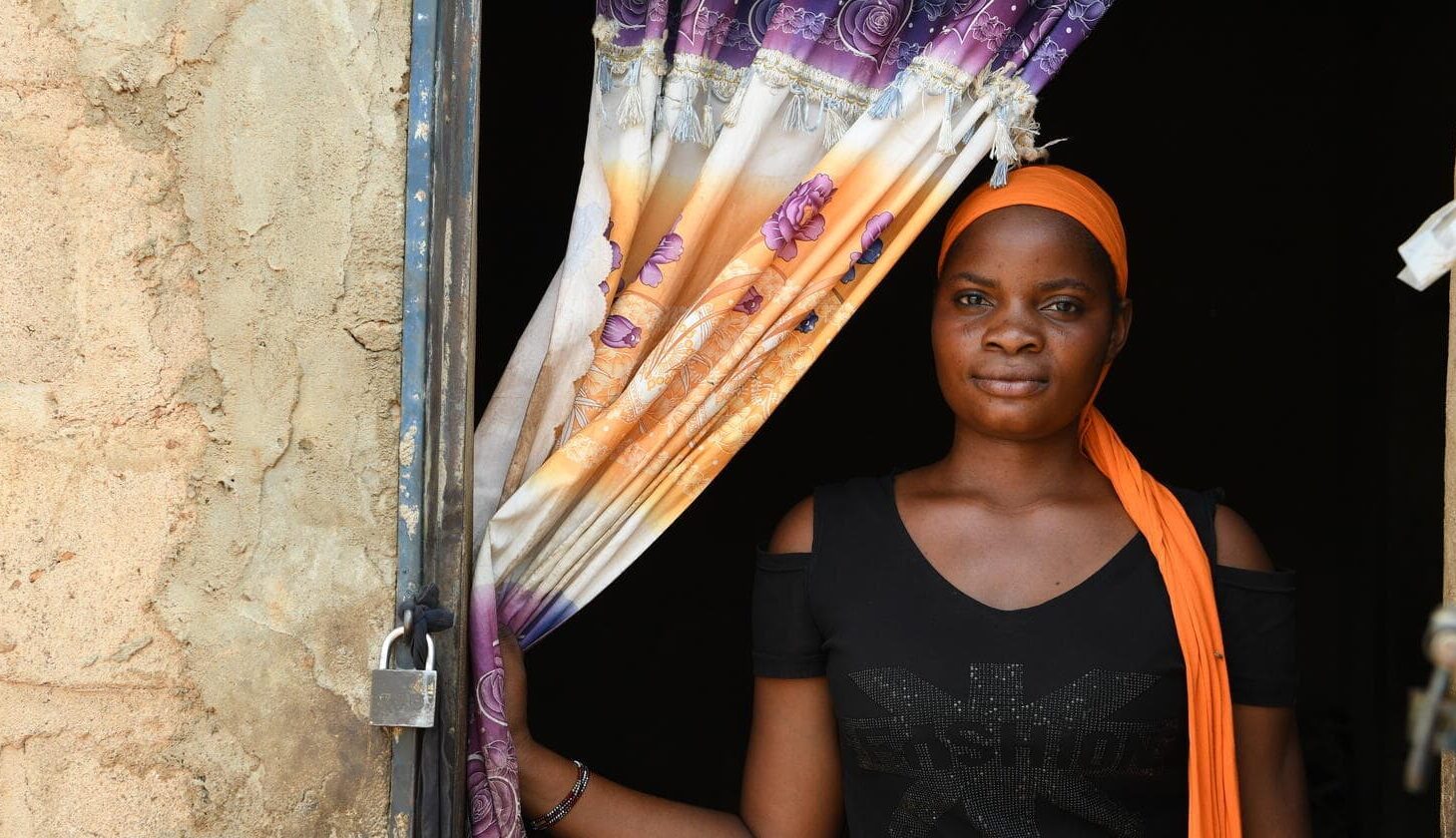
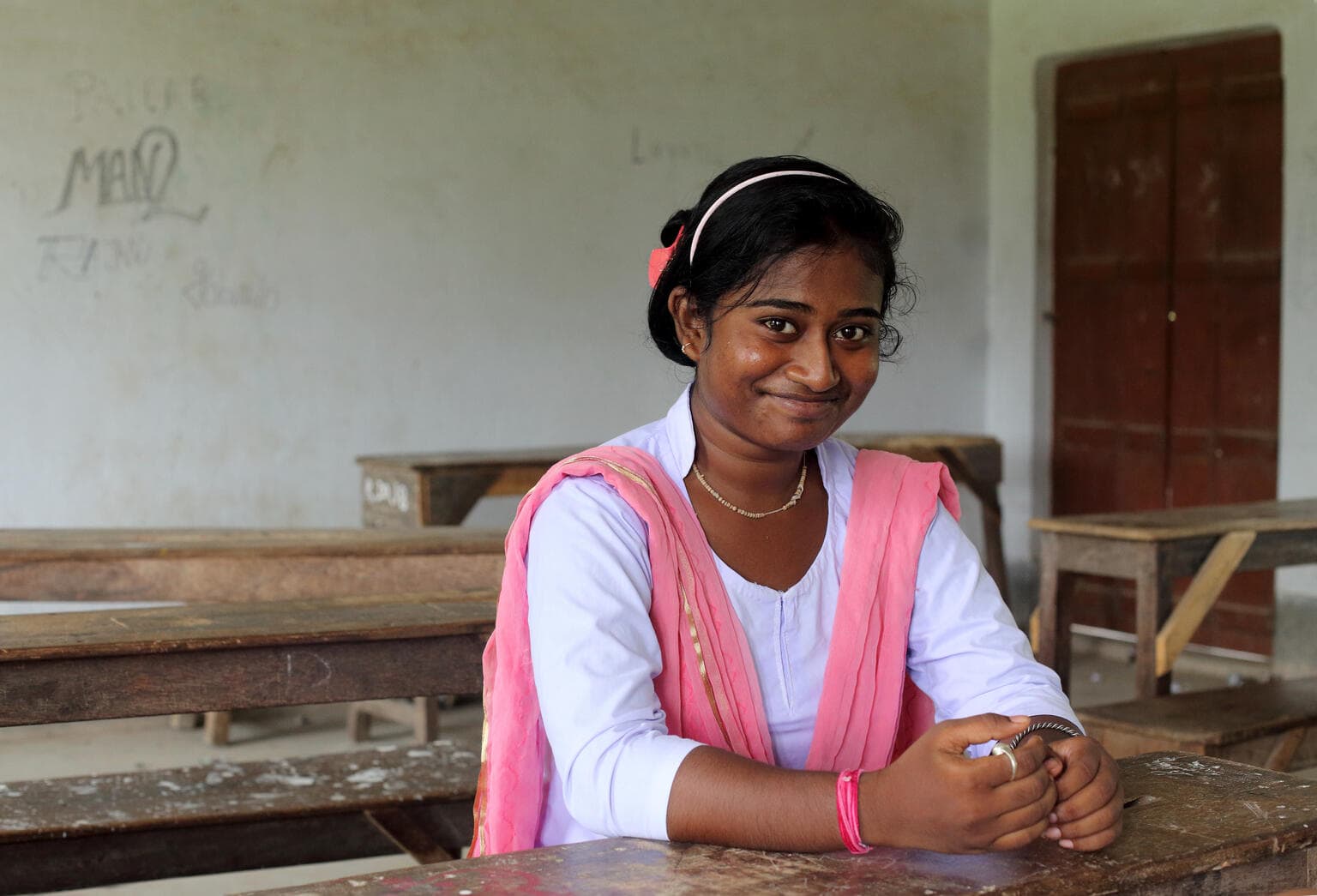
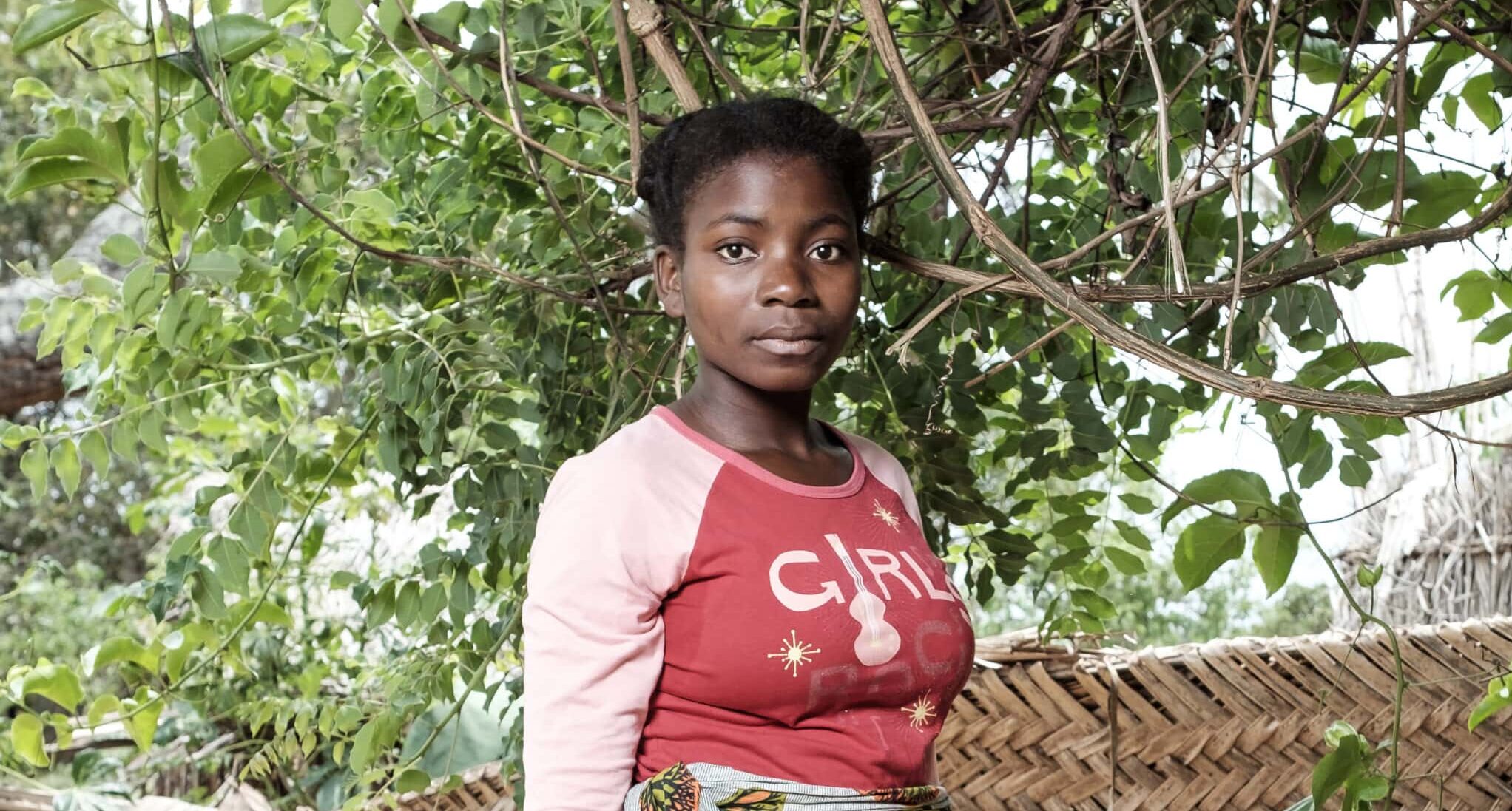

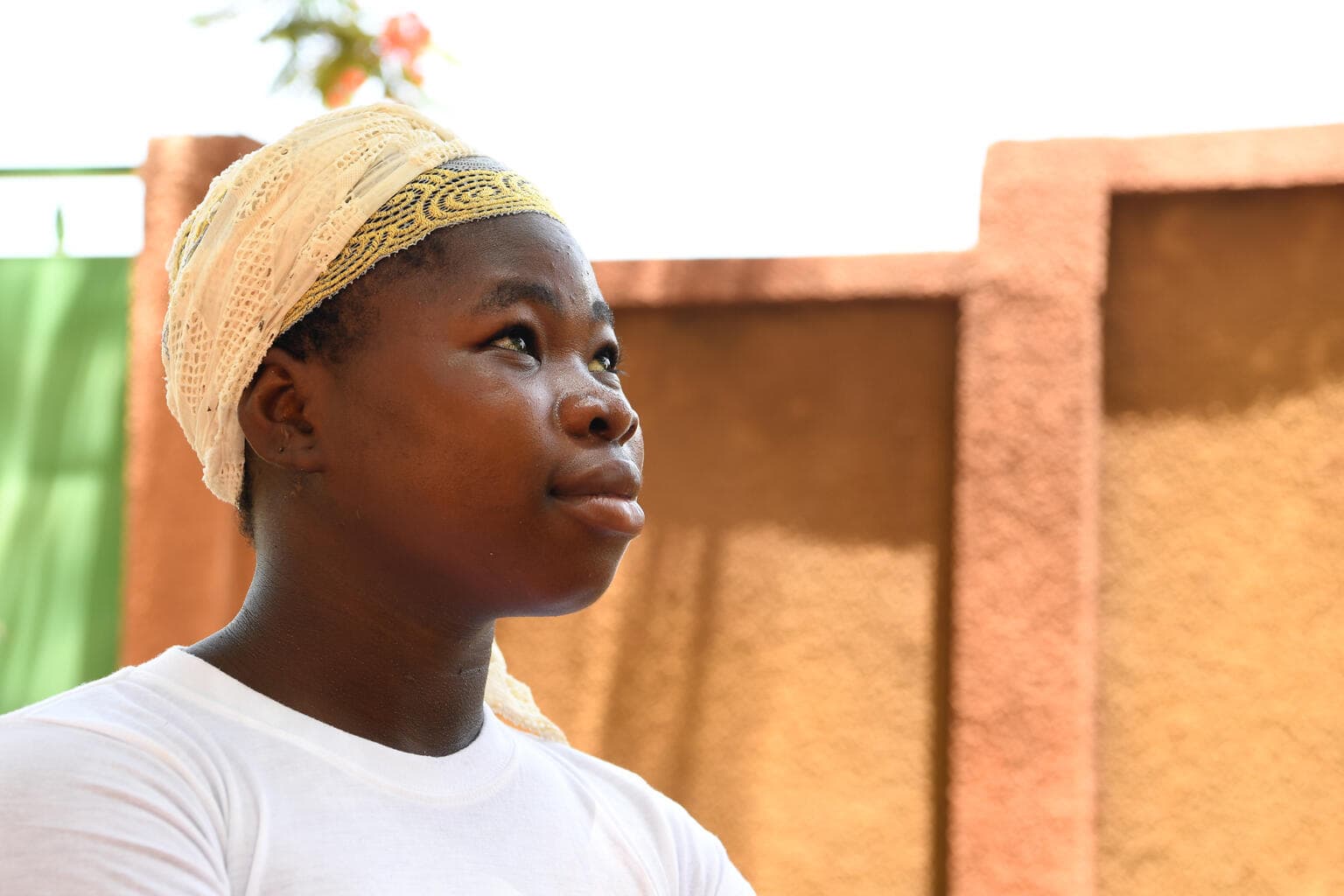

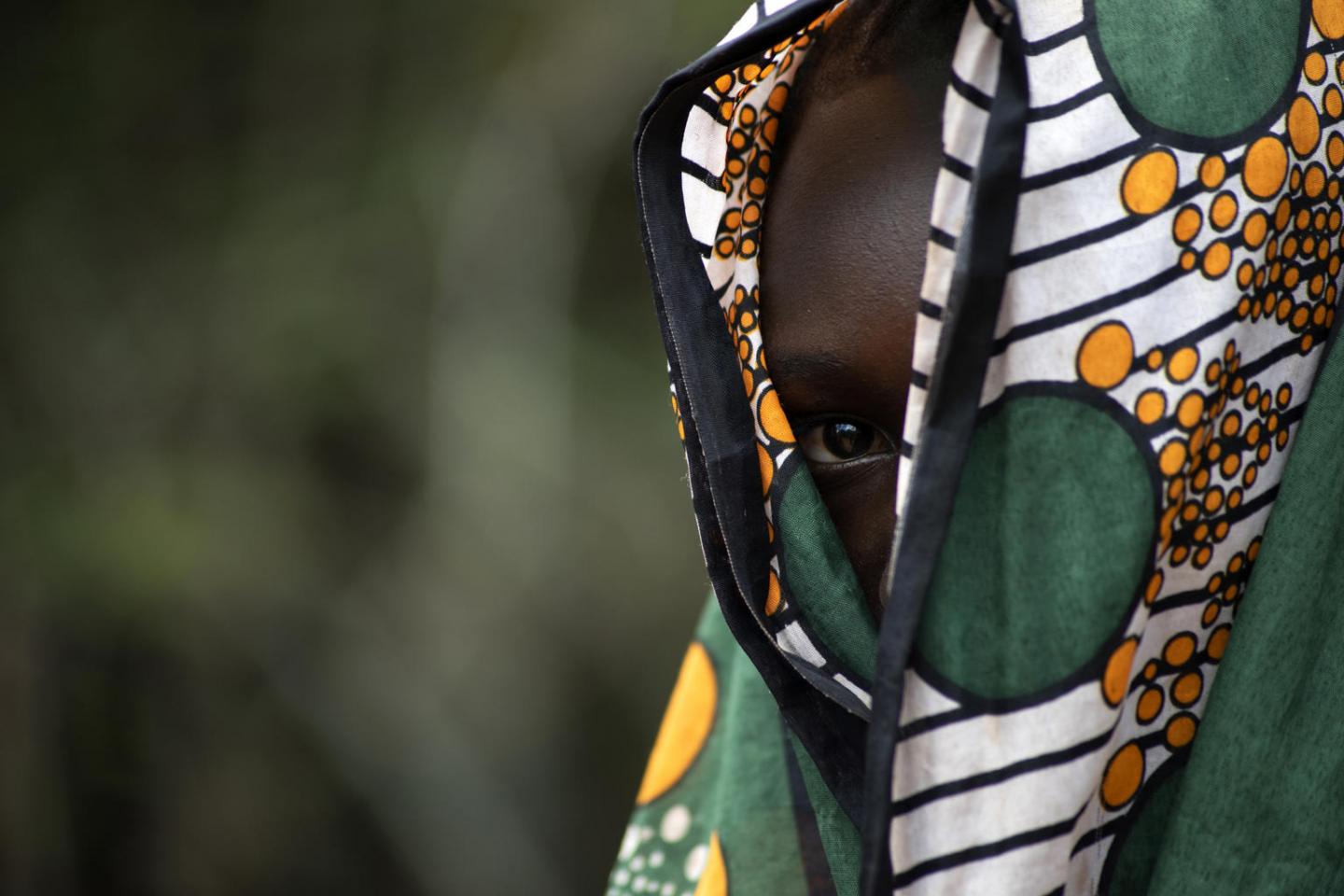
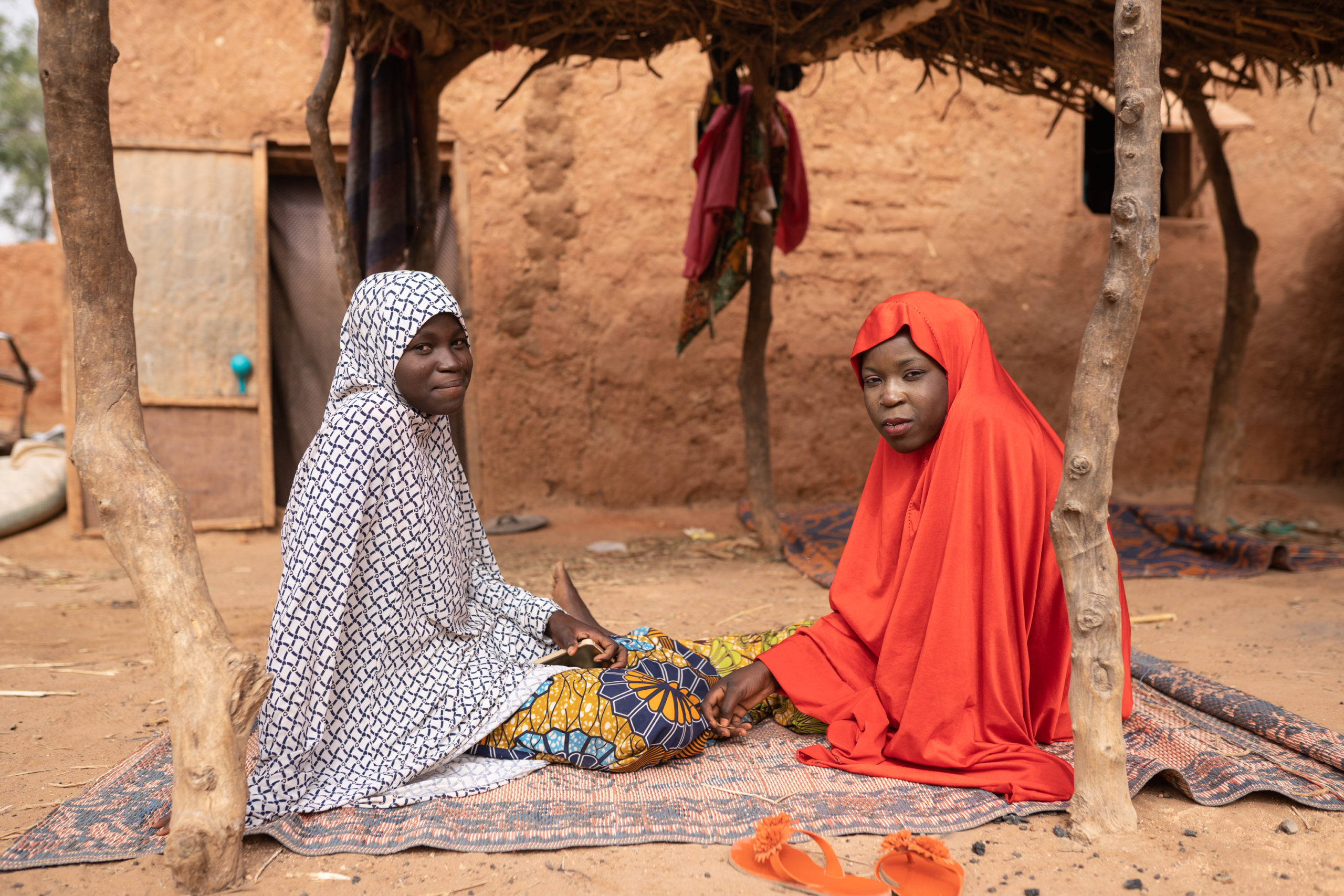
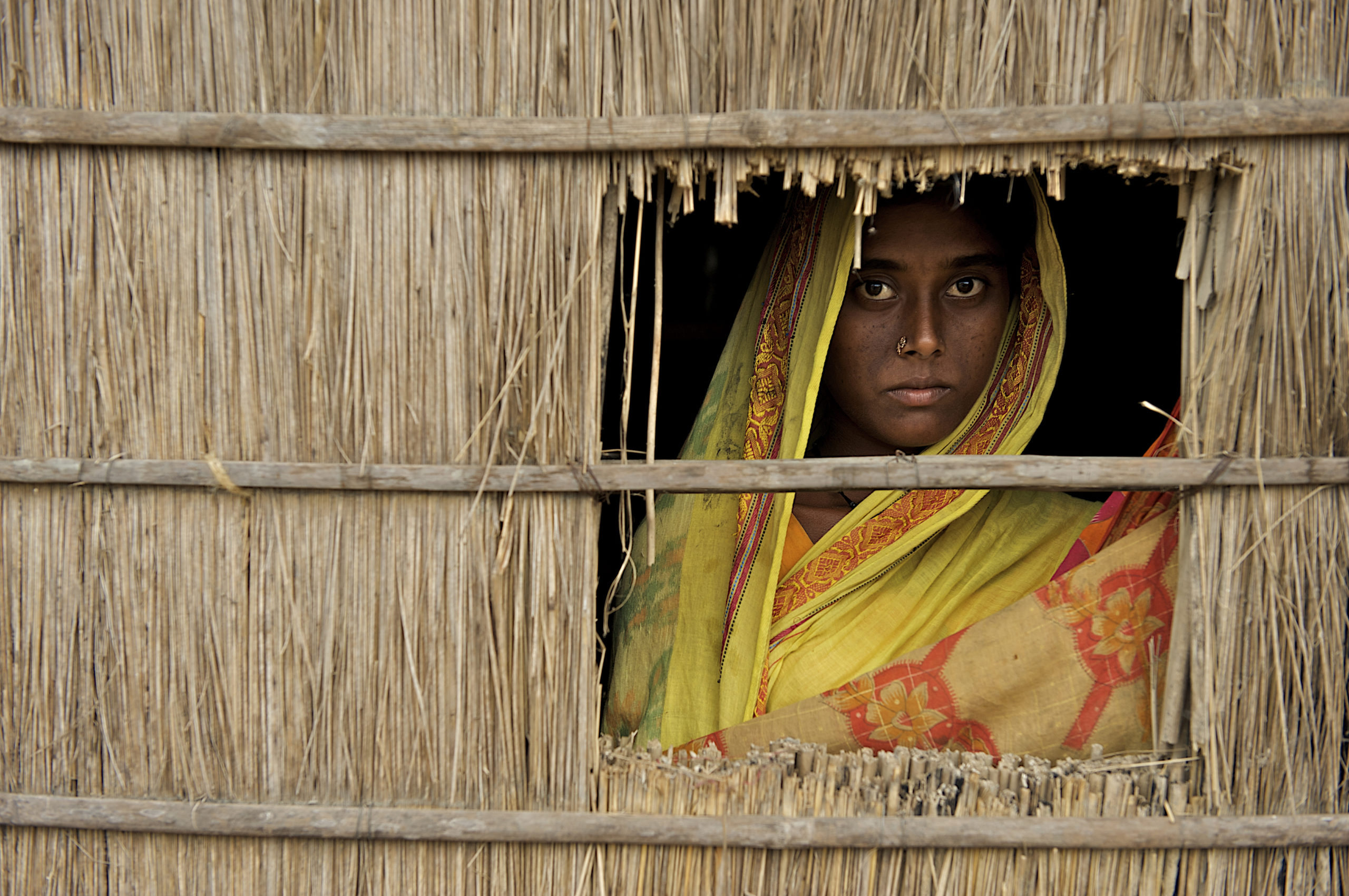
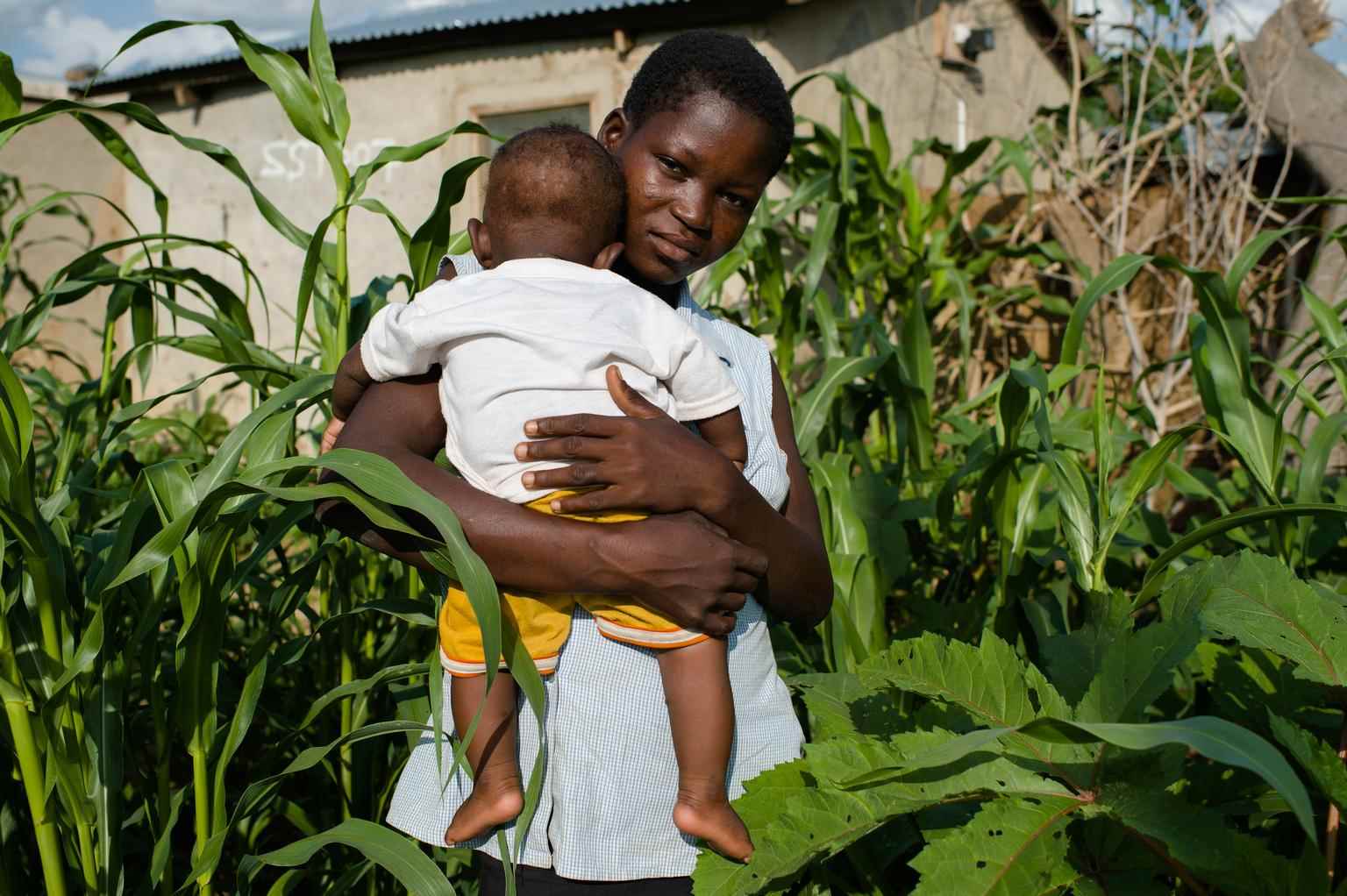
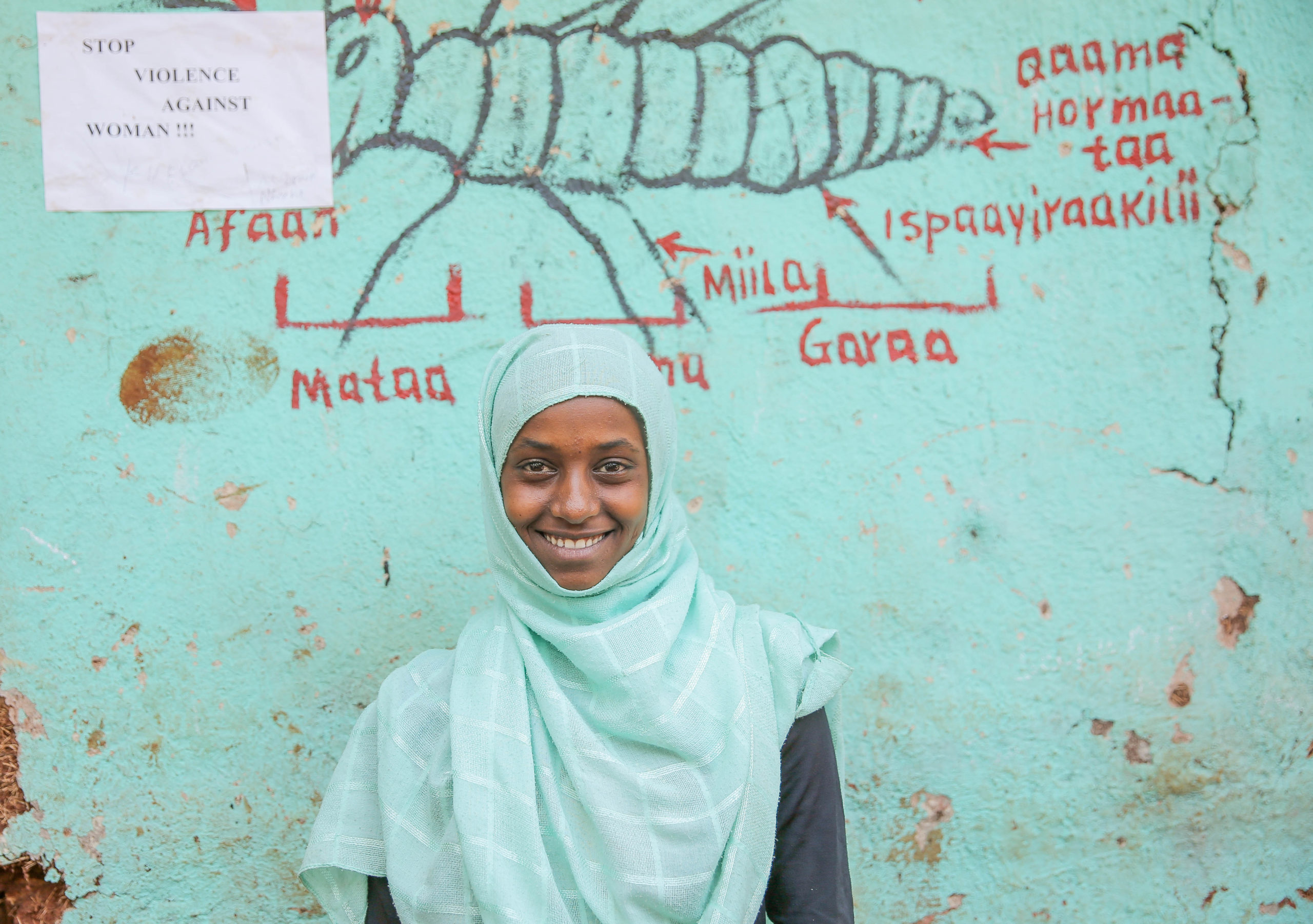
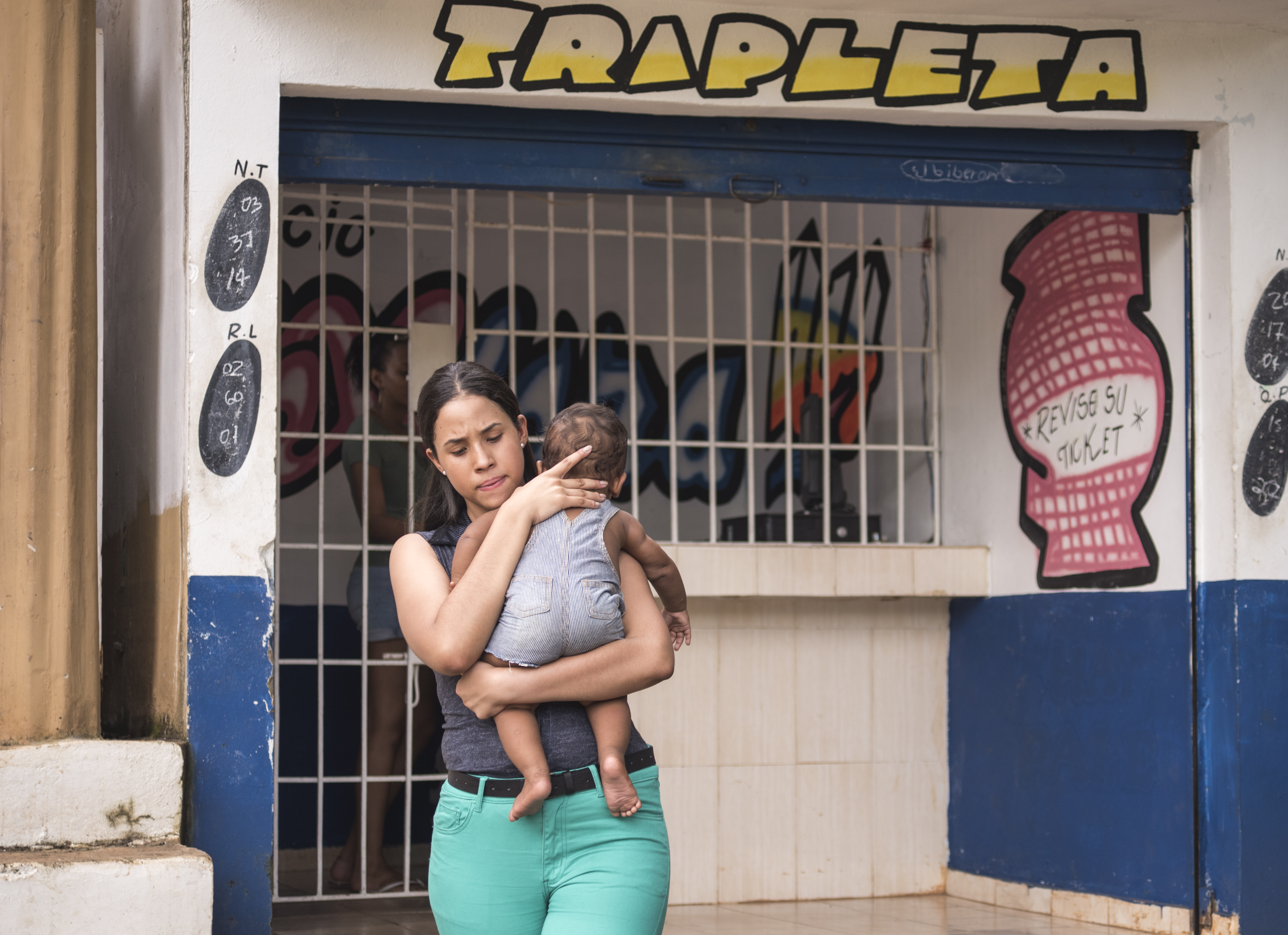
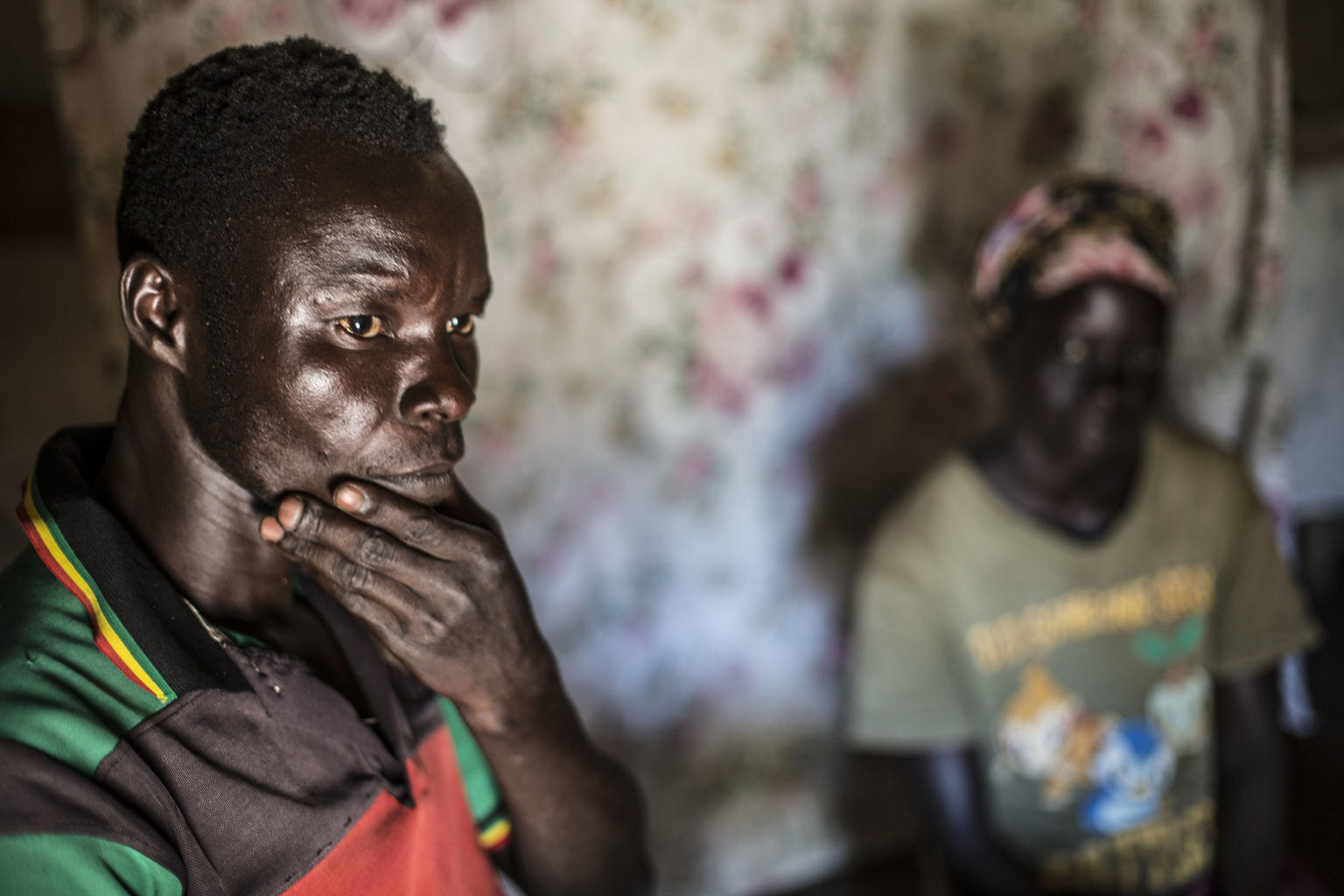
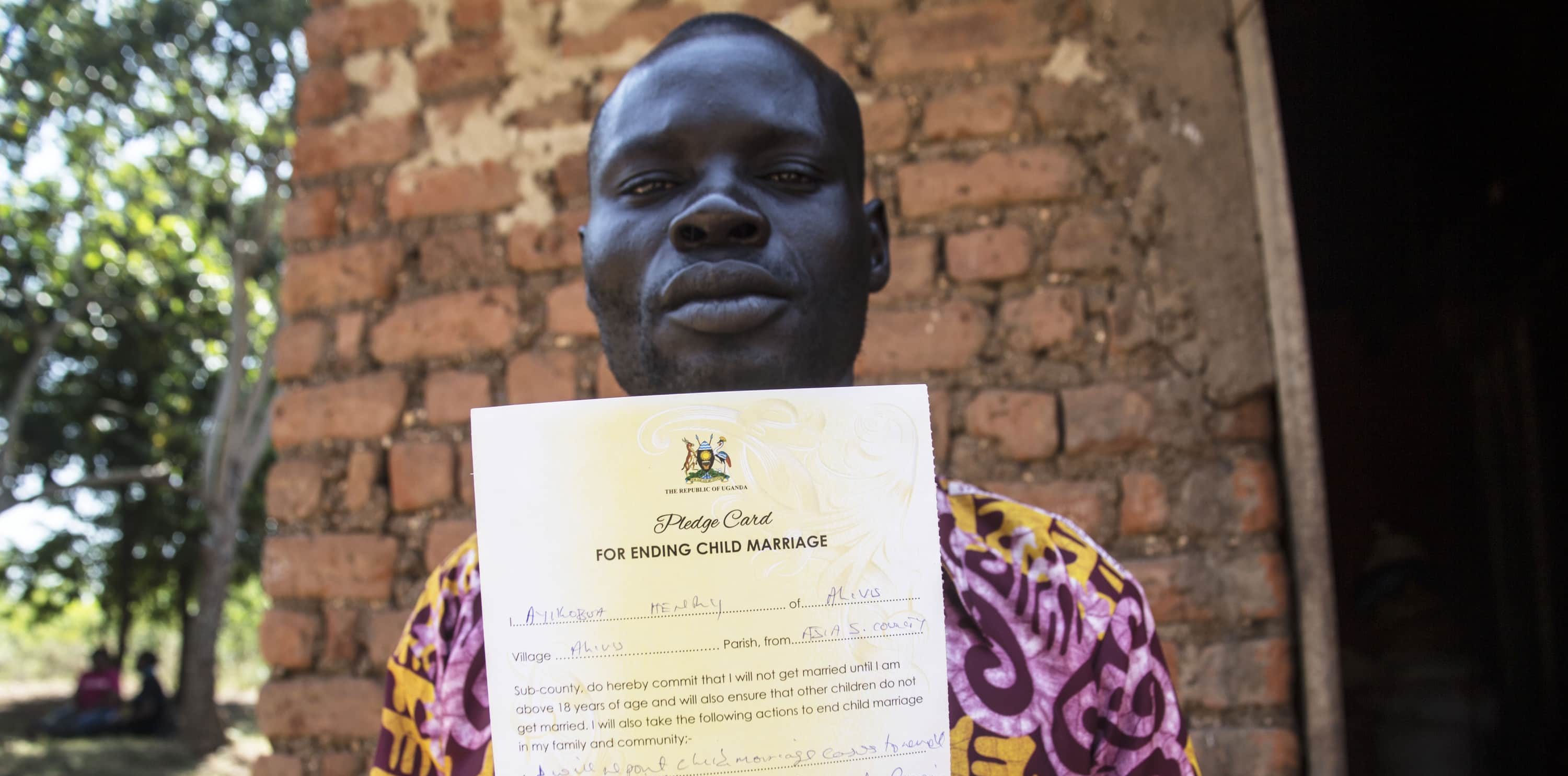
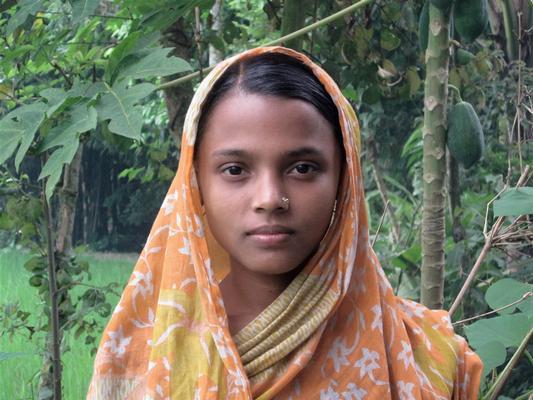
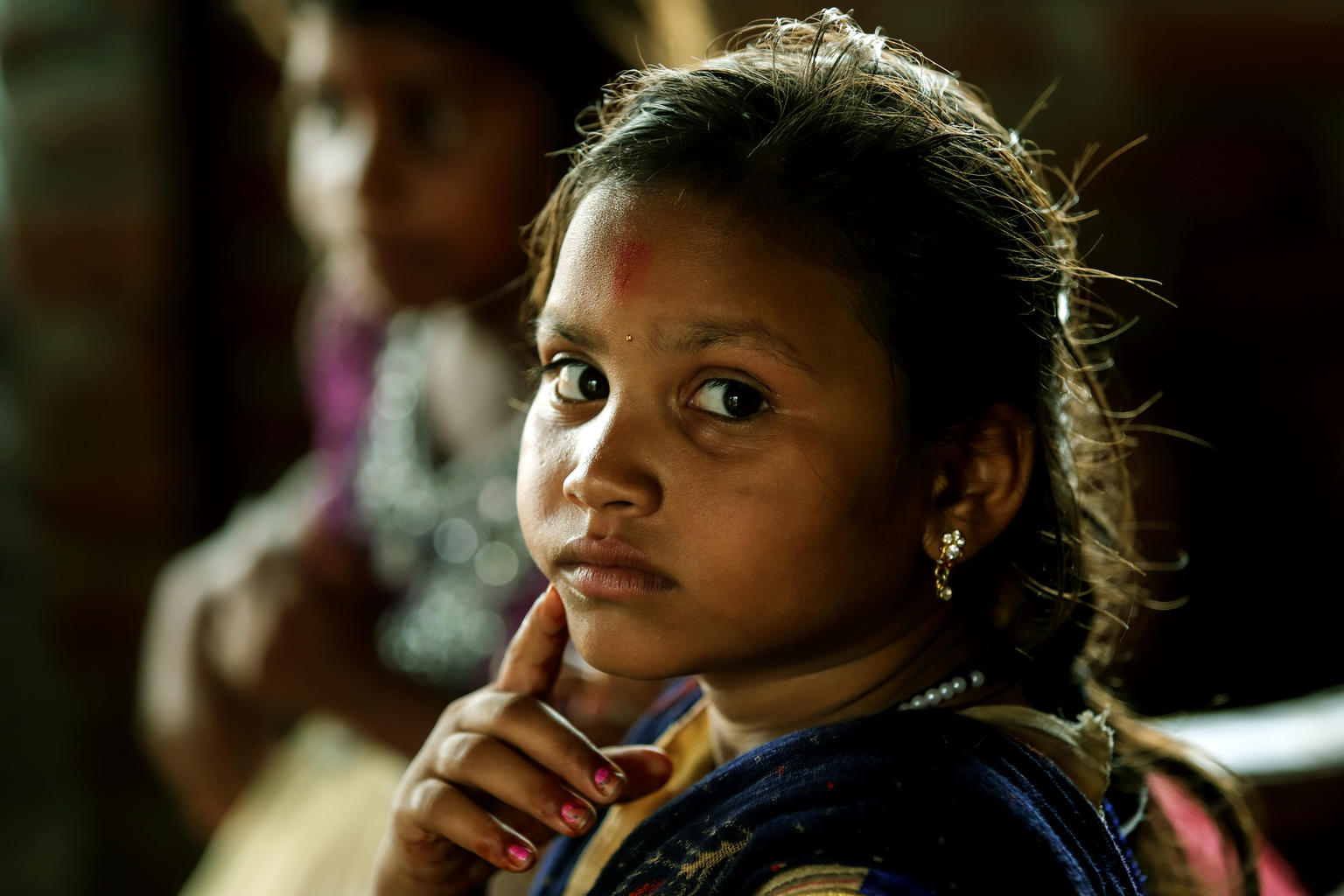
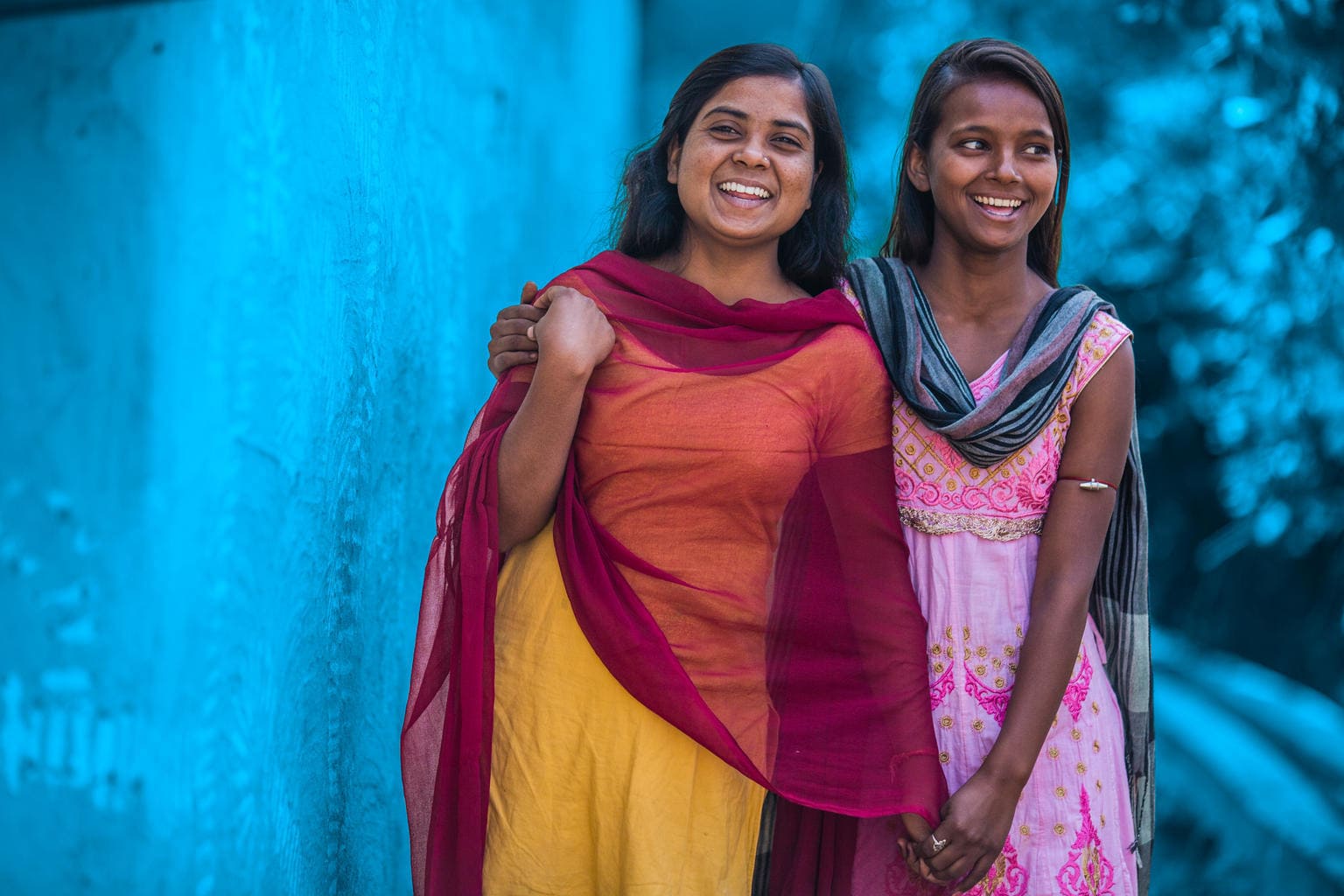
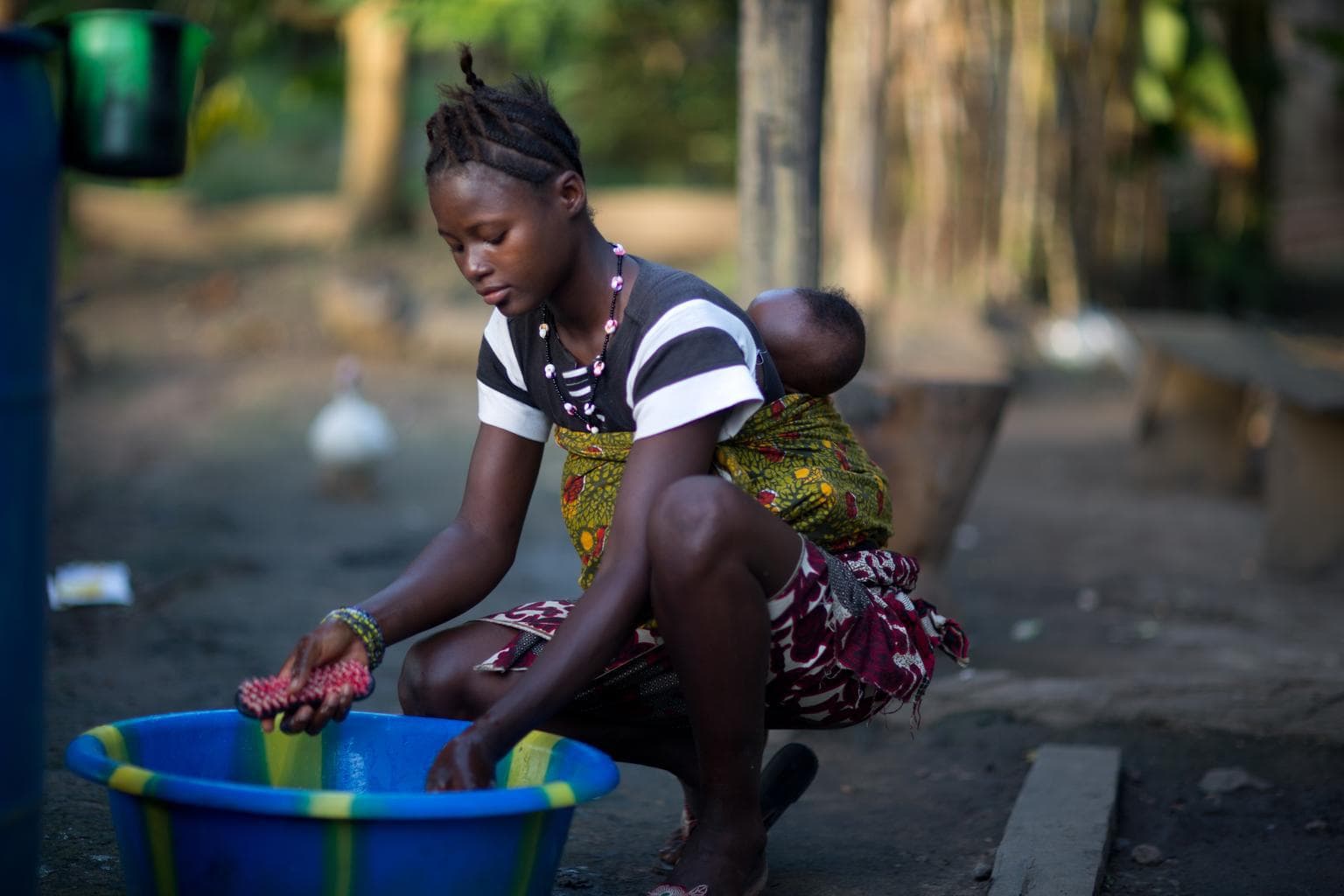
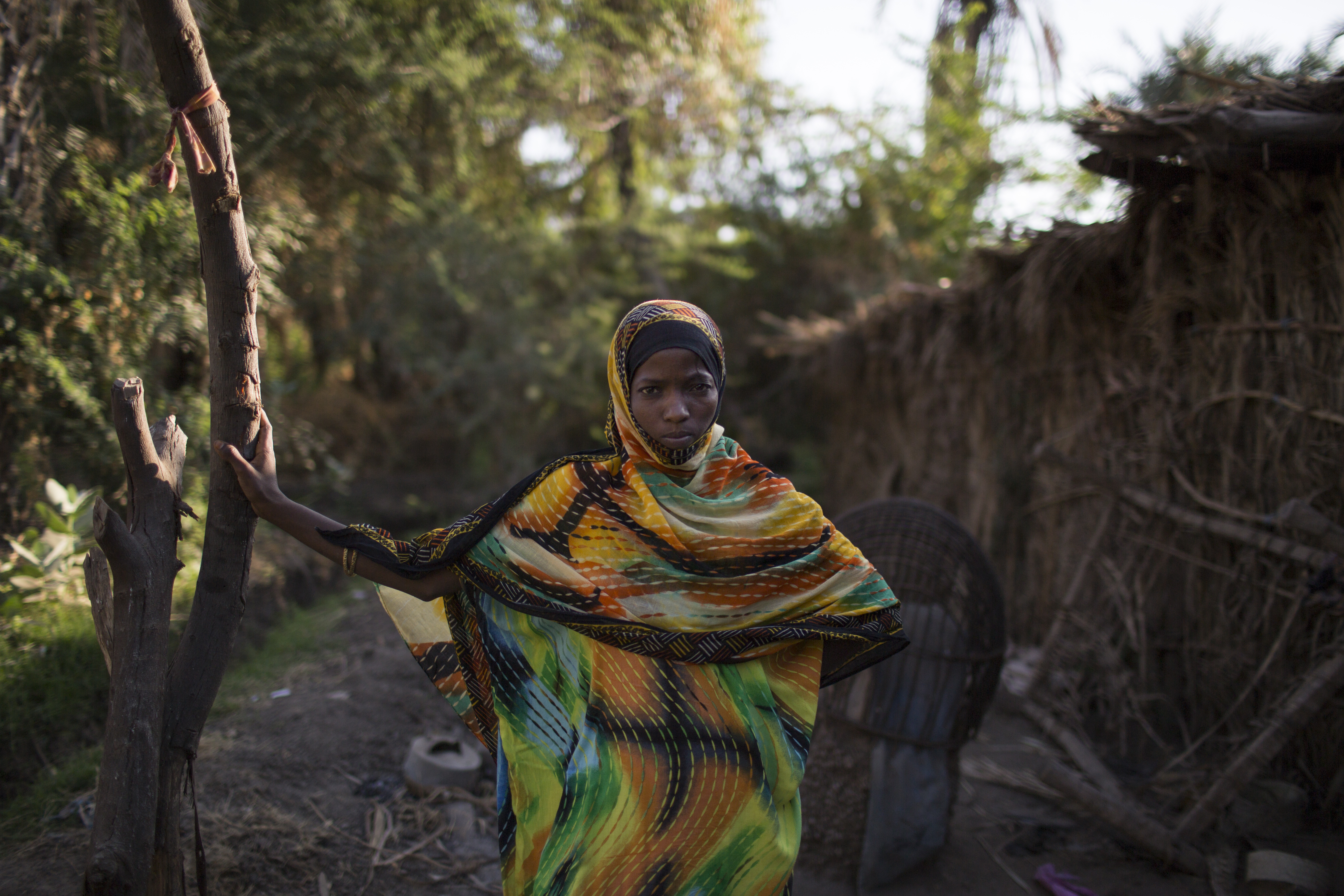
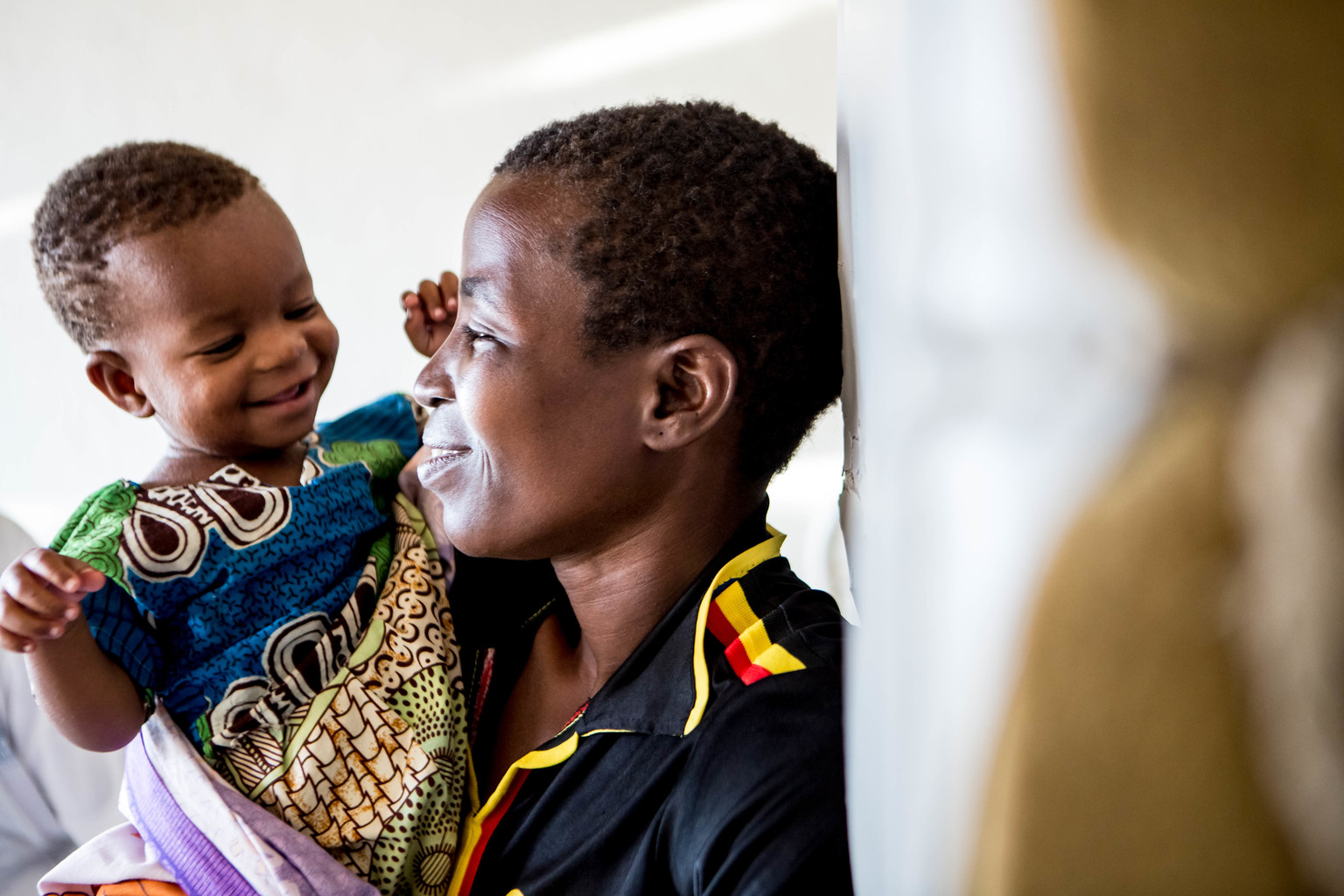
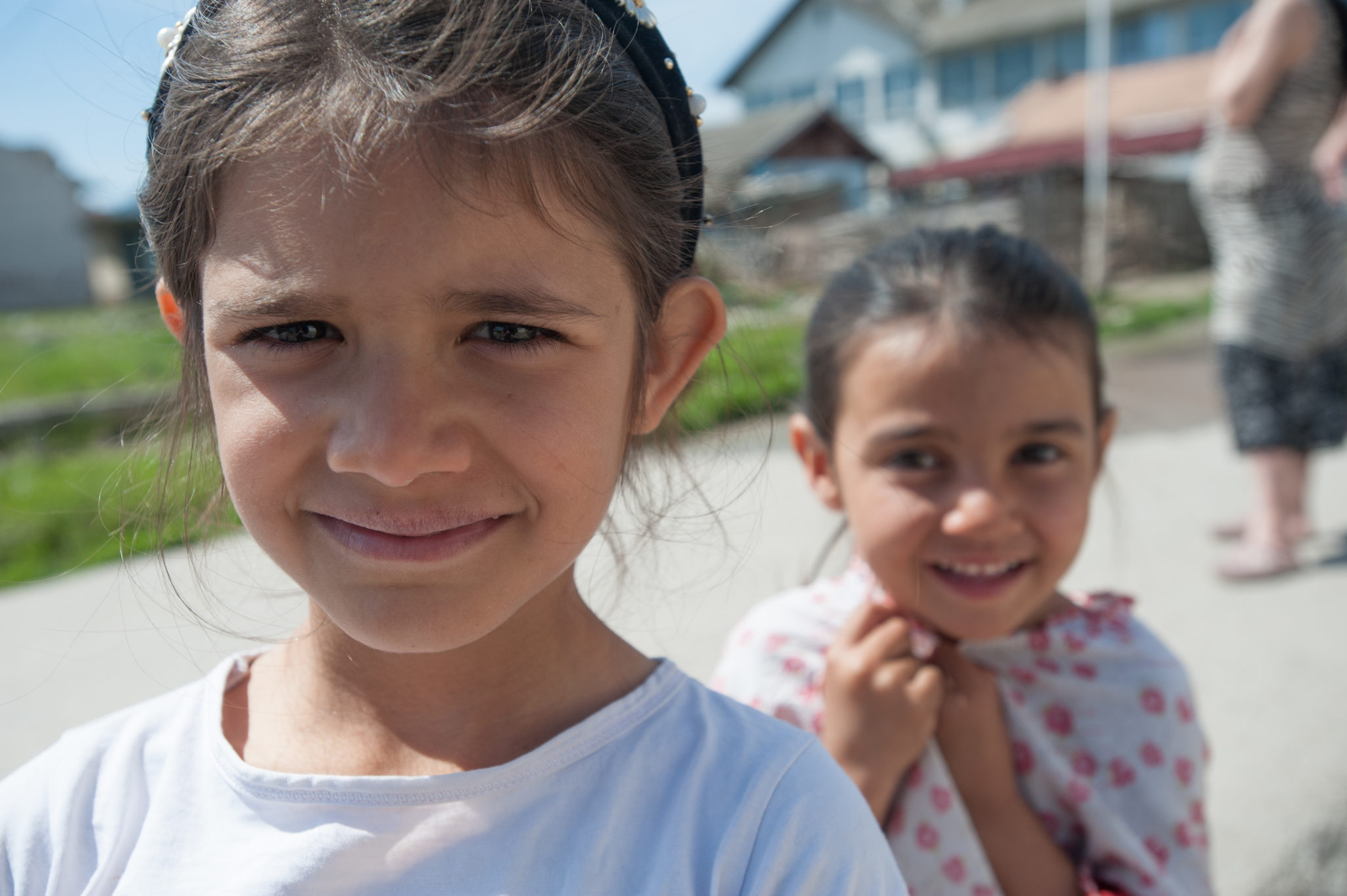
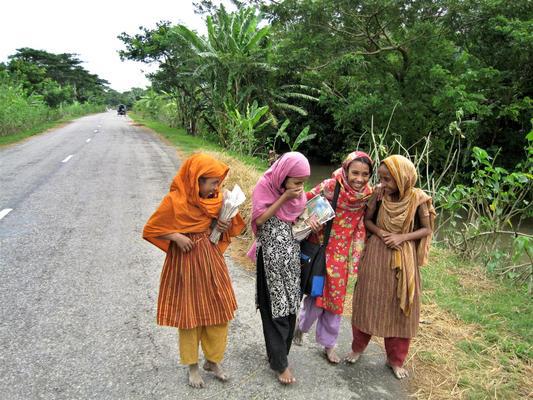
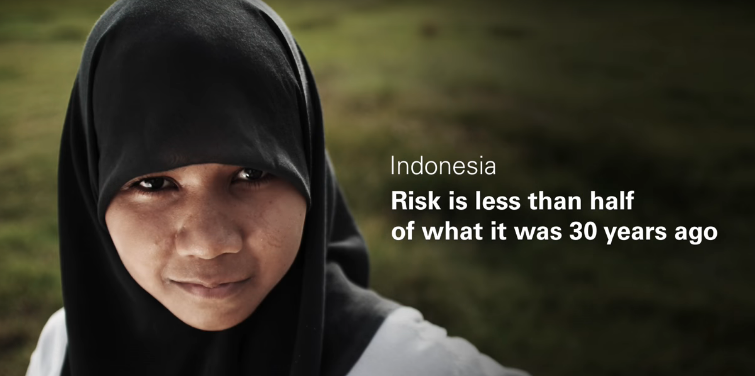
Notes on the Data
Data sources
The term ‘child marriage’ is used to refer to both formal marriages and informal unions in which a girl or boy lives with a partner as if married before the age of 18. An informal union is one in which a couple live together for some time, intending to have a lasting relationship, but do not have a formal civil or religious ceremony. The main sources of such data are national censuses and national household surveys, predominantly the Multiple Indicator Cluster Surveys (MICS) and Demographic and Health Surveys (DHS).
Main indicators
In 2003, UNICEF and partners agreed to focus on five indicators related to child marriage:
- Percentage of women 20 to 49 first married or in union by age 15 and 18, by age group
- Percentage of girls 15 to 19 years of age currently married or in union
- Spousal age difference
- Percentage of women currently in a polygynous union, by age groups
- Percentage of ever-married women who were directly involved in the choice of their first husband or partner.
Many countries also collect data on the marital status and age at first marriage for boys and men, thereby allowing a comparison of gender differentials related to child marriage.
Interpreting the data
The context and indicators related to child marriage and cohabitation can be approached through the examination of age groups. One approach is to consider all women in a society. Another would be to observe the situation of girls aged 15 to 19 to determine the number of girls currently married or in union and the characteristics associated with that age group. However, gauging how many of those girls will be married or in union by their 18th birthday is more complex because many have not yet reached the age of 18. Looking at the group of women 20 to 24 years old is simpler and allows for the inclusion of all girls who were married or in union by age 18 within the closest time period for which complete data are available.
MICS module on child marriage
MICS surveys have standardized modules on marriage for men and for women